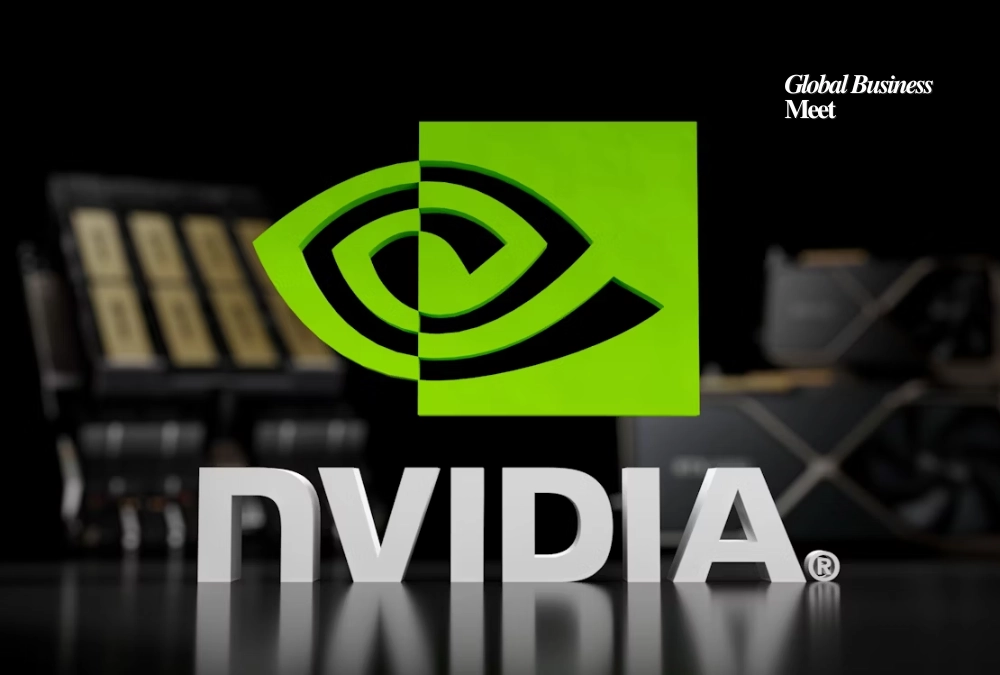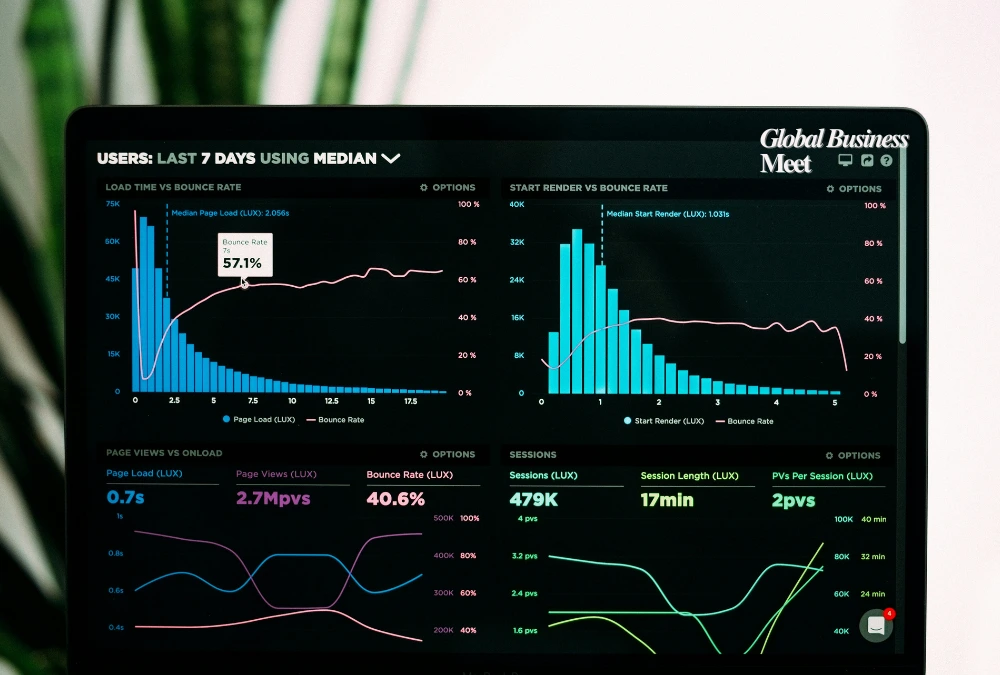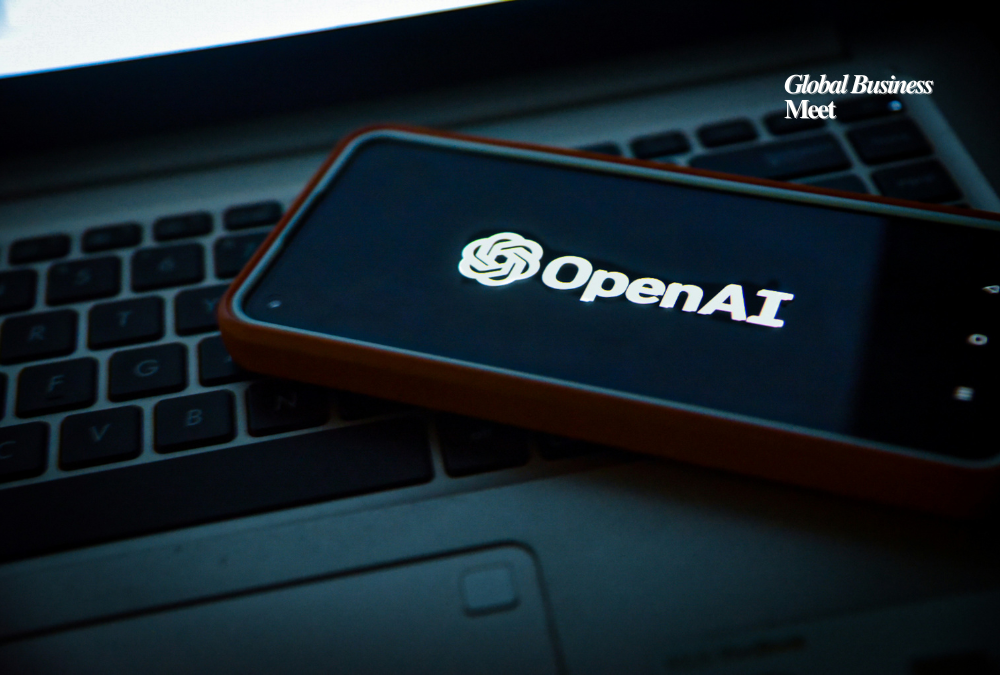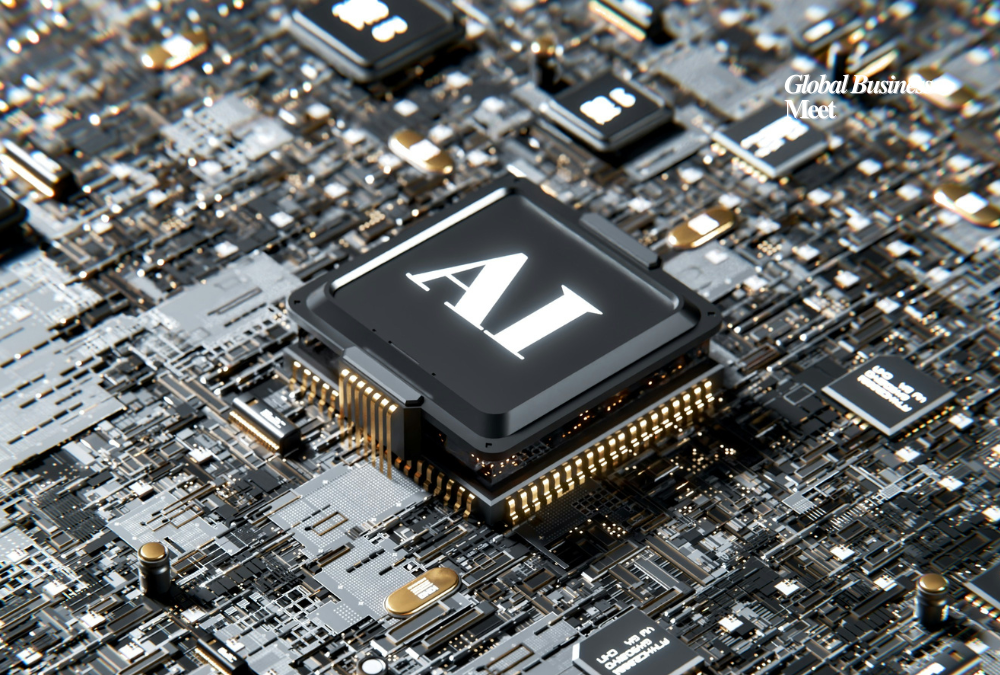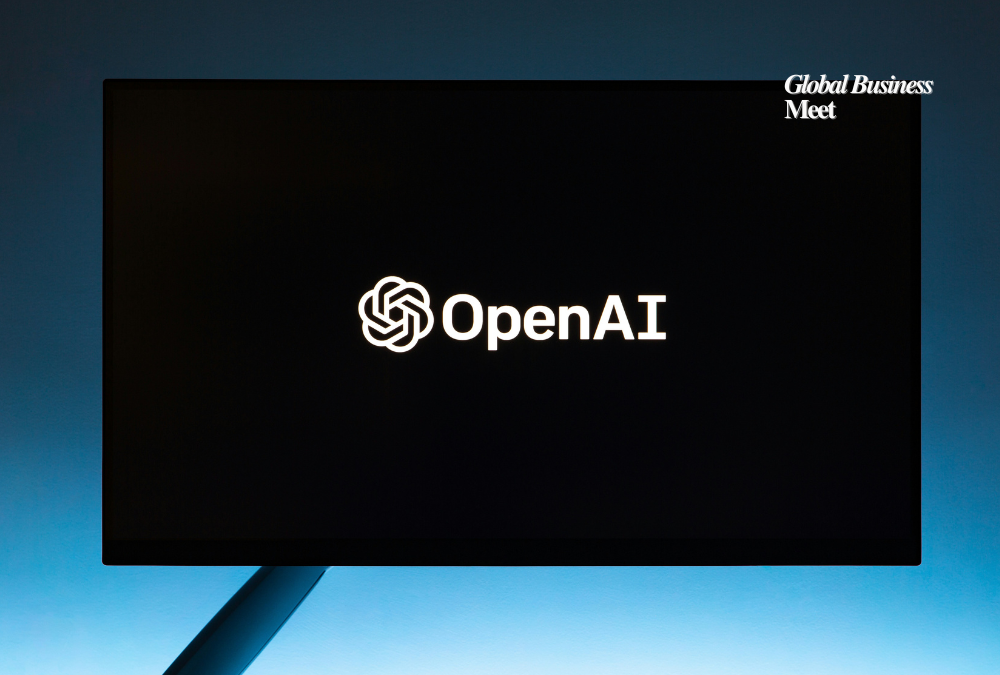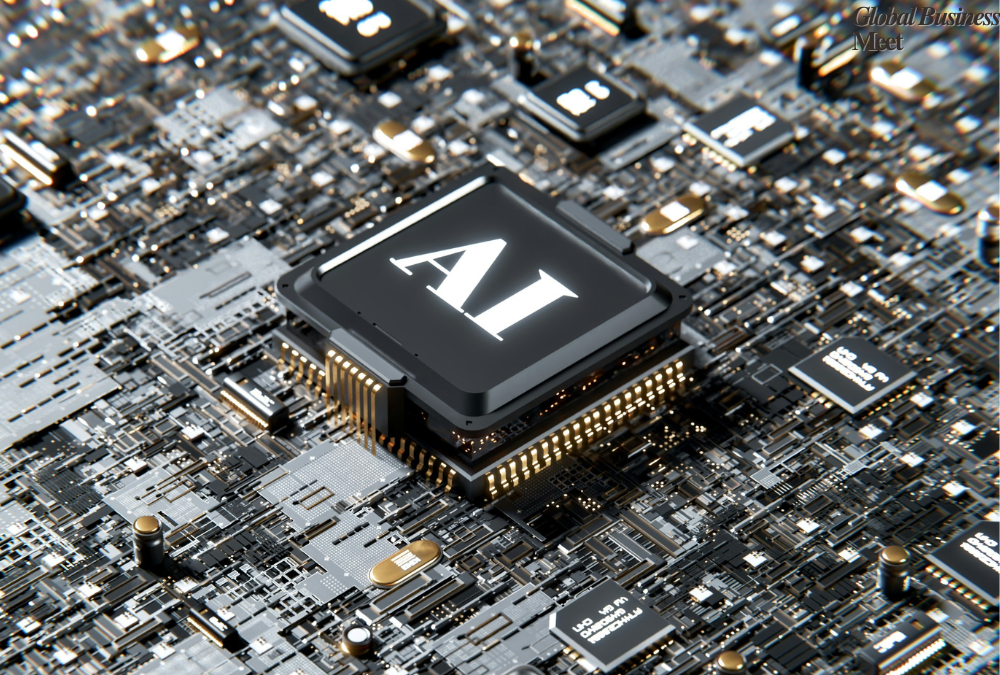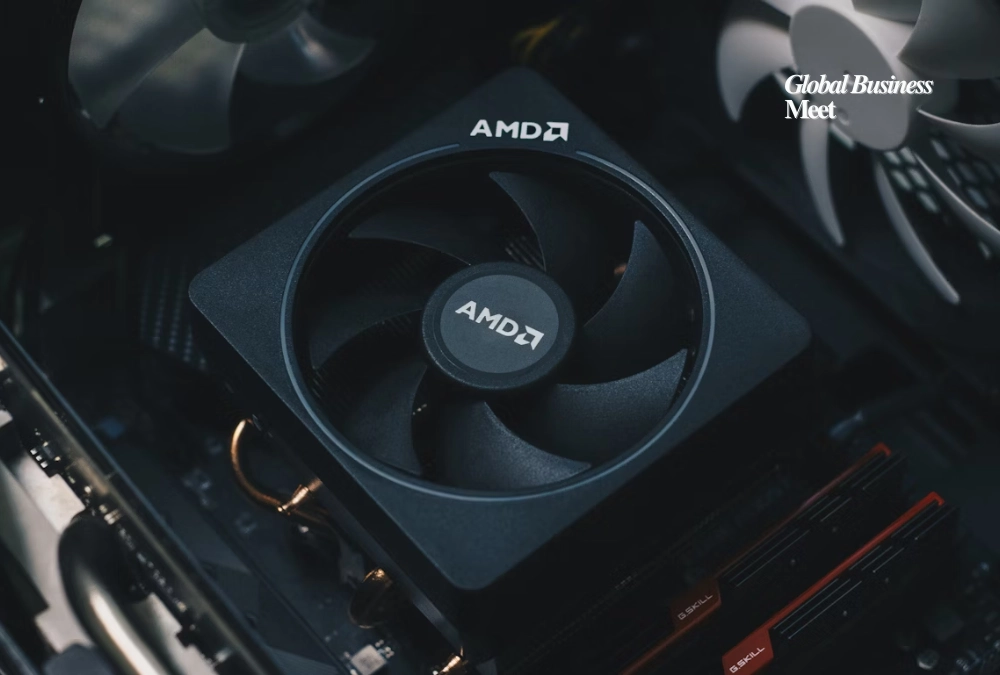
The partnership between AMD and OpenAI is taking an unexpected turn, with Wall Street analysts highlighting a unique financial strategy behind it. Instead of paying billions in cash for AMD’s powerful AI chips, OpenAI will effectively fund its purchases using AMD’s own stock.
A New Chapter in the AMD-OpenAI Partnership
Earlier this week, AMD and OpenAI announced an expanded collaboration focused on building and deploying cutting-edge AI hardware. As part of the deal, OpenAI will help AMD improve its Instinct GPUs, a line of chips designed to compete directly with Nvidia’s dominant AI hardware. The agreement also includes OpenAI’s commitment to buy and use roughly six gigawatts of compute capacity from AMD over the next several years. AMD described the deal as being worth billions of dollars in revenue.
But the most surprising element of the partnership is how OpenAI plans to pay for it. Instead of relying on its own cash flow or revenue, OpenAI will receive up to 160 million AMD shares in the form of stock warrants. These warrants will vest in stages as OpenAI meets specific performance targets and as AMD’s stock price hits predefined milestones.
A Stock-Driven Financing Plan
The final milestone is the most ambitious of all. For the last portion of the stock warrants to vest, AMD’s share price would need to climb to $600. Before the deal was announced, AMD shares traded around $165, but they surged to $214 by the close of trading on the day of the announcement.
If all conditions are met and OpenAI holds onto every share, the value of its AMD stake could reach approximately $100 billion. UBS analyst Timothy Arcuri noted that the final tranche requires AMD to achieve a $1 trillion market capitalization, a level that would make OpenAI’s holdings highly valuable.
However, Arcuri also suggested that a more realistic scenario involves OpenAI selling some of its AMD shares along the way to pay for the GPUs it is purchasing. In this case, AMD is essentially financing OpenAI’s hardware purchases by giving it a stake in the company itself.
Why AMD Is Willing to Take the Risk
From AMD’s perspective, this unconventional structure is a calculated risk designed to achieve broader strategic goals. The validation that comes from OpenAI using AMD hardware at scale is extremely valuable. It signals to the broader AI ecosystem that AMD’s Instinct GPUs are capable of handling demanding AI workloads — including those from one of the world’s leading AI developers.
This endorsement could accelerate AMD’s adoption among other major customers, particularly cloud service providers that already use AMD’s CPUs. In Arcuri’s view, this kind of credibility is worth the cost of structuring the deal around stock-based payments.
Investors May Ultimately Foot the Bill
There is another layer to this strategy that analysts are paying close attention to. If AMD’s stock price continues to rise as a result of the deal and broader AI enthusiasm, it is retail and institutional investors who will ultimately finance OpenAI’s massive hardware purchase. By bidding up AMD’s stock, the market would essentially transfer value to OpenAI, enabling it to cover the cost of billions in GPU spending without directly spending cash.
This approach has parallels to how Nvidia has been financing some of OpenAI’s operations. Last month, Nvidia announced a $100 billion investment tied to its work with OpenAI. However, Nvidia’s investment gives it an ownership stake in OpenAI, while AMD’s structure works in the opposite direction by giving OpenAI a stake in AMD.
A Strategic Move in the AI Hardware Race
While Arcuri acknowledged that AMD’s deal may be “less attractive” compared to Nvidia’s arrangement, he also emphasized its strategic importance. By structuring the agreement in a way that reduces OpenAI’s upfront costs, AMD gains a critical opportunity to capture a significant portion of the next-generation data center market. UBS estimates that AMD could achieve up to 30% market share in the high-performance AI GPU market through this partnership.
For AMD, this is about more than just one customer. If the partnership with OpenAI proves successful, it could pave the way for additional deals with other AI developers and cloud providers. The validation from a company like OpenAI could snowball into widespread adoption of AMD’s AI chips across the industry.
The Bigger Picture
In the end, AMD’s innovative financing strategy reflects the intense competition in the AI hardware space. Companies are racing to secure market share and partnerships with the most influential players in the AI ecosystem. By using stock-based incentives, AMD has found a way to align its financial interests with OpenAI’s growth while positioning itself as a serious challenger to Nvidia’s dominance.
Whether investors will continue to support this approach remains to be seen. But one thing is clear: this deal could reshape the financial dynamics of how AI companies acquire the massive computing power they need to build the future.

